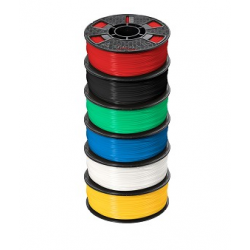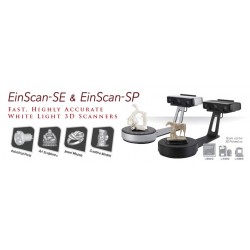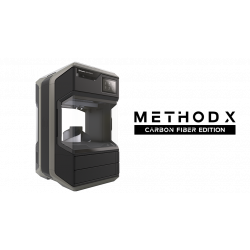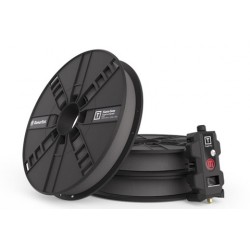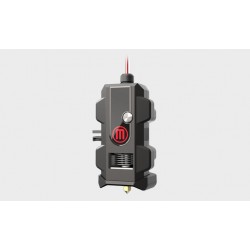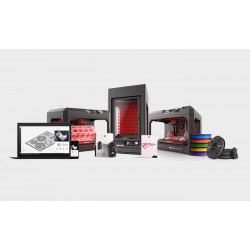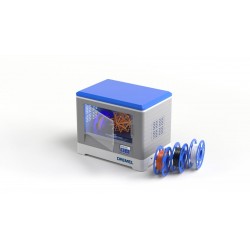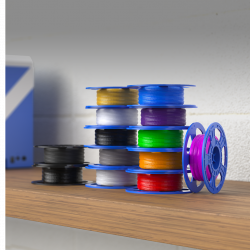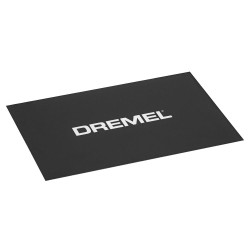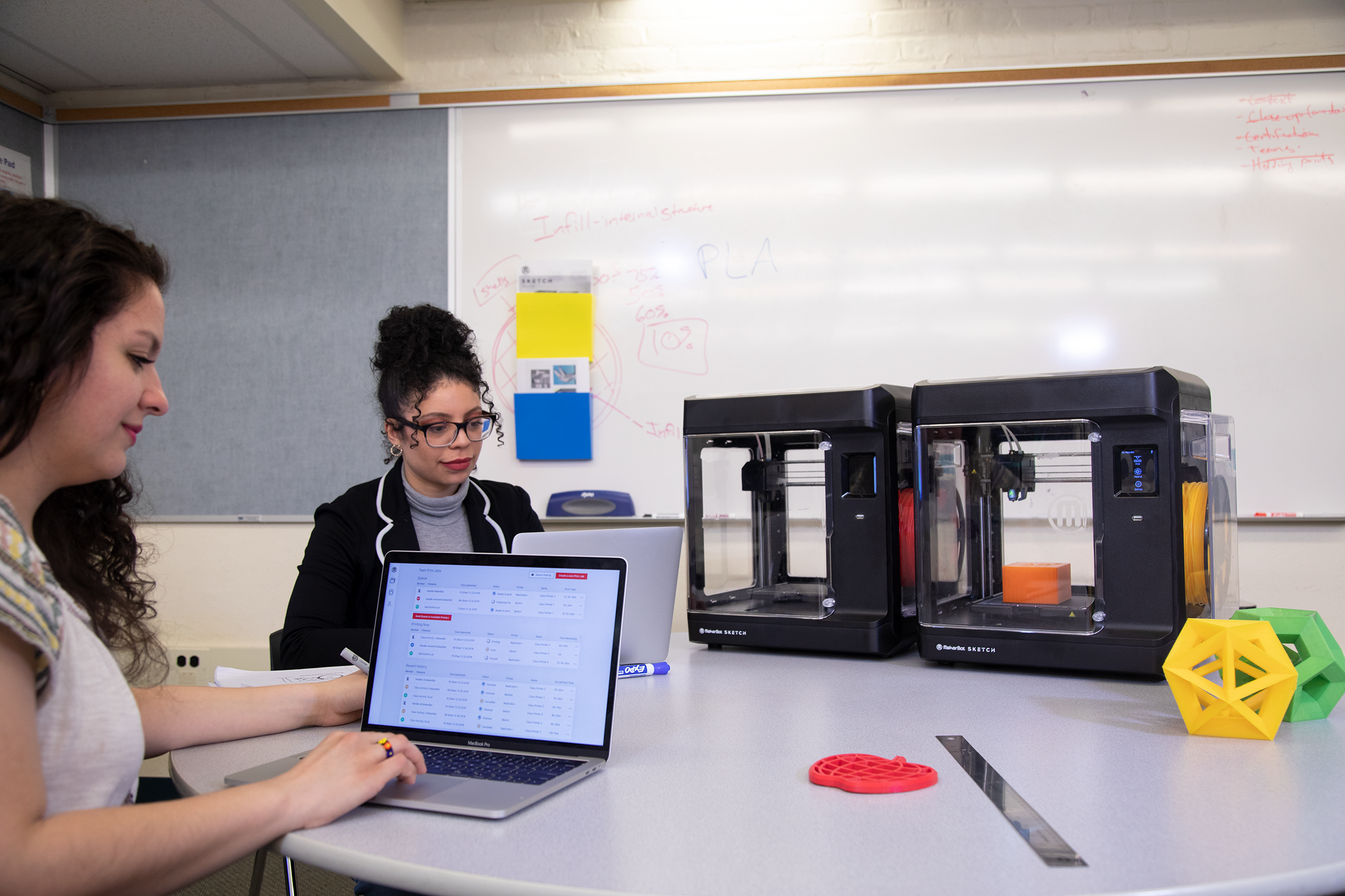 The Rise of Additive Manufacturing in Schools and Industry
|
3D Scanning
Take your design and additive manufacturing studies further with a quality 3D Scanner. It was only a few years ago that these were out of reach in terms of cost. Today, we have entry level, low-cost, units that are a perfect fit for educators, designers, and home hobbyists, plus professional high-performance units capable of capturing at a high resolution with unparalleled accuracy. These 3D scanners work with your CAD software to seamlessly create printable 3D models with high accuracy for a range of creative 3D printing applications.

